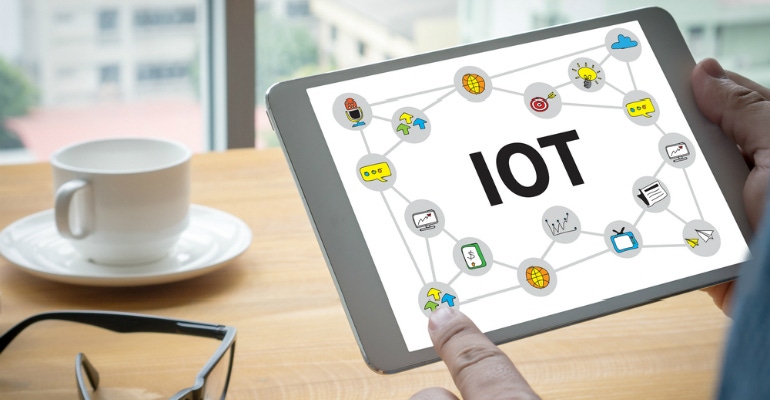IoT Needs a 'Middle'man
Starting an IoT practice? Start in the middle with the platform.
February 26, 2018

Thinking about starting an IoT practice? Don’t start at the beginning; instead, dive right into the middle — the middleware that is, also known as the IoT platform.
The IoT platform is what allows you to connect “things” to applications; there are currently about 200 of them. A foundational element in the IoT architecture, the IoT platform is where customers will derive value from IoT. It’s where partners will deploy solutions for their customers, and it’s where partners will make money.
Stephen DiFranco, principal at IoT Advisory Group, is going to make sense of IoT platforms at the “IoT Update: Platforms, Partners & Profit,”, during the upcoming Business Success Symposium. The day-long preconference kicks off the Channel Partners Conference & Expo, April 17-20, in Las Vegas.
Channel Partners/Channel Futures caught up with DiFranco to learn more about what partners need to know about IoT platforms; how to figure out which platform is right for their business; how to select one to begin formulating their IoT practice strateg; and be a part of what’s projected to be a $1 trillion industry.
Channel Partners/Channel Futures: You spent a year studying all the different IoT platforms. Why are IoT platforms so important?
Stephen DiFranco: These platforms are the basic middleware that allows you to connect “things “ to applications. This is what’s important to a VAR, whether that’s an IT channel partner or a 5G or cellular channel partner, whether you’re selling telco or connectivity of any type. At some point, the end nodes have to connect to the application.

Stephen DiFranco
Stephen DiFranco
These platforms are what VARs will use to deploy solutions to their customers — it’s the key to IoT.
CP/CF: How is it possible for partners to sort through 200 IT platforms?
SD: Today, there are about 200 IoT platforms commercially available. There’s a lot of work going on in this area. To give you some examples about what’s going on: Amazon acquired a company called Greengrass, and Google announced its intentions to purchase Xively. These are two examples of cloud companies buying IoT platform companies. The cloud architecture is great way to manage many applications and many users working on these enterprise applications, but [it’s] not well designed to control many “things” that all send different very small messages all the time. A couple of other examples, GE Digital has the Predix platform and Siemens has MindSphere. There’s a company that offers the Fog platform for connected cities.
The number of IoT platforms will eventually whittle down to about a dozen, at some point in the future. There are so many of them now because many early industry IoT players had to create their own platforms to make IoT work. Most won’t survive the competition.
CP/CF: Put the opportunity for partners into context around the platform versus other pieces of the IoT architecture.
SD: There will be thousands of endpoints, but those will be easily purchased at any distributor, and the applications — those are pieces that VARs will license. But, to make the endpoint talk to sight machines or Amazon.com, the IoT platform is something that partners can deploy, something that goes in the edge server — the equipment you deploy today.
It’s important for partners to know about the different platform players, where they fit in, and which ones a partner should look at depending upon which vertical market they’re in.
So, if I were going to start an IoT practice, the place that I believe you have to start is in the middle. The middle is the part that’s hard and where there’s money to be made — that’s helping to design the IoT infrastructure, the connectivity glue.
CP/CF: So, sum up what you’ll cover in your presentation.
SD: Partners will need to learn what the platforms are all about, how to choose a platform they’ll want to work with and, how to create a relationship with the platform vendors.
About the Author
You May Also Like


